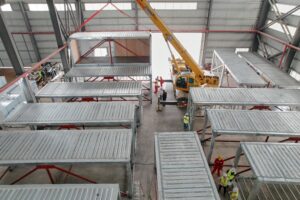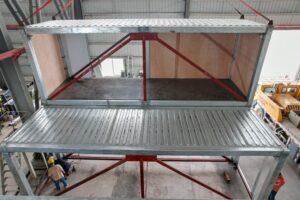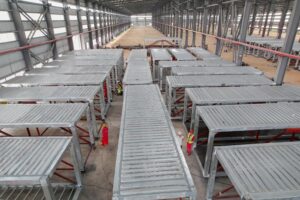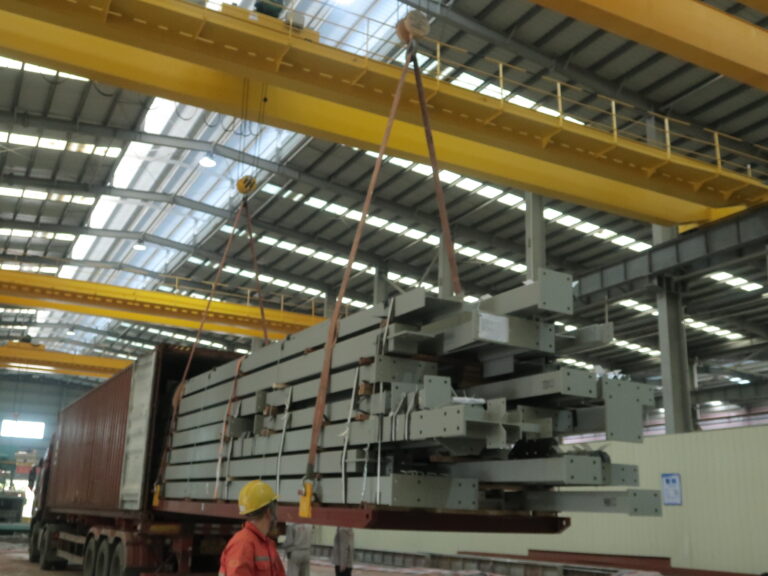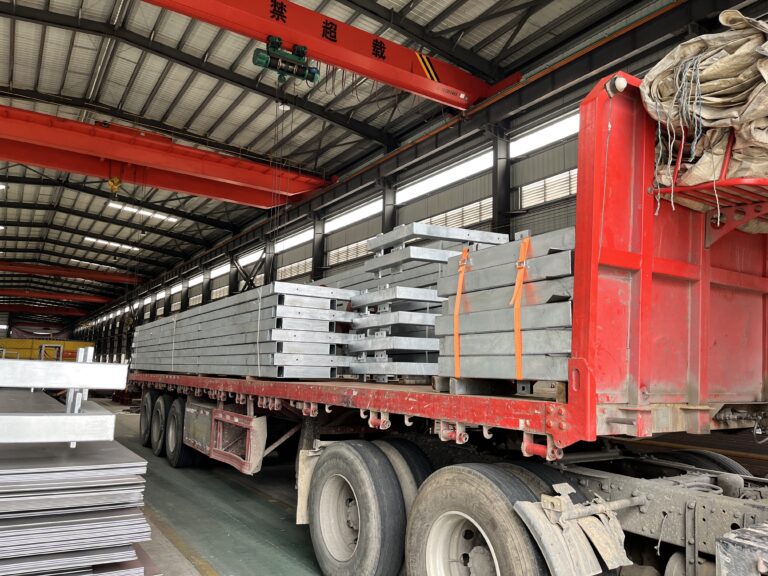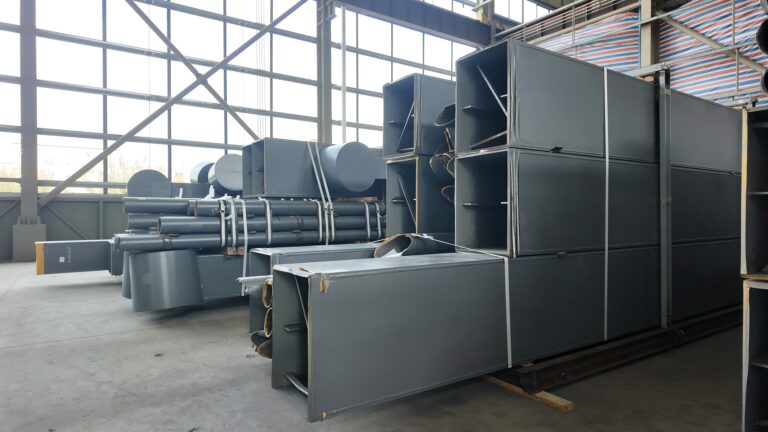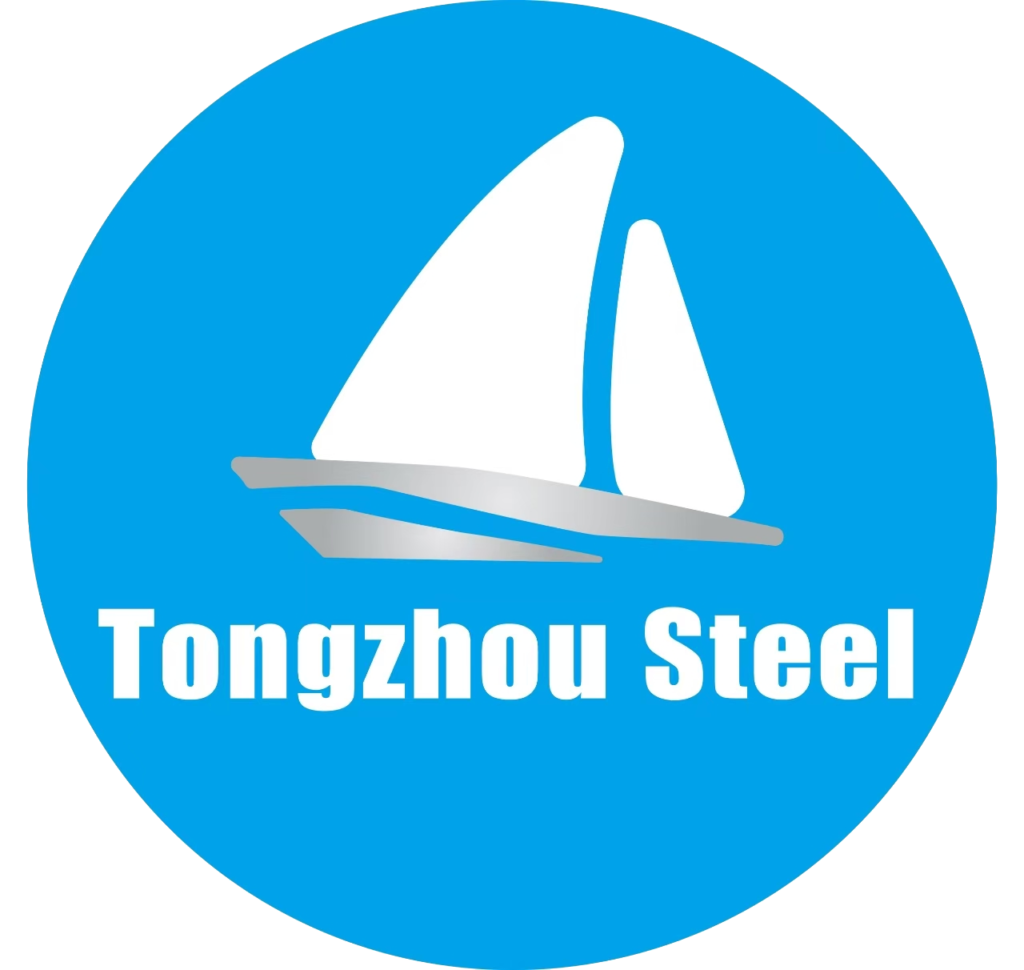Introduction
Modular Integrated Construction (MIC) is an innovative building method that involves prefabricating entire modules off-site in a controlled factory environment before transporting and assembling them on-site. This approach significantly improves construction efficiency, quality, and sustainability. Steel structures play a crucial role in MIC due to their strength, durability, and adaptability.
Advantages of MIC
1. Faster Construction – MIC reduces on-site work by up to 80%, cutting project timelines by 30-50%.
2. Higher Quality Control – Factory production ensures precision and minimizes defects.
3. Eco-Friendly – Less material waste and lower carbon emissions compared to traditional construction.
4. Labor Efficiency – Ideal for regions with skilled labor shortages, such as Hong Kong.
Role of Steel Structures in MIC
1. Lightweight & Strong – Steel’s high strength-to-weight ratio allows for larger modules that are easier to transport and assemble.
2. Design Flexibility – Steel frames can be customized for complex architectural needs, such as hospitals (e.g., Hong Kong’s Notre Dame Hospital expansion).
3. Durability & Safety – Fire-resistant coatings and corrosion protection ensure compliance with strict building codes.
4. Seismic & Wind Resistance – Essential for high-rise and critical infrastructure projects in earthquake-prone or typhoon-affected areas
Case Study: Hong Kong Floodbridge Development
A recent MIC project in Hong Kong utilized steel-framed modular units to build residential and public facilities. The use of prefabricated steel modules reduced construction time by 40% while meeting stringent safety and environmental standards.
Conclusion
MIC combined with steel structures is transforming modern construction, offering speed, sustainability, and superior performance. As urbanization accelerates, this method will become increasingly vital for smart city development worldwide.
